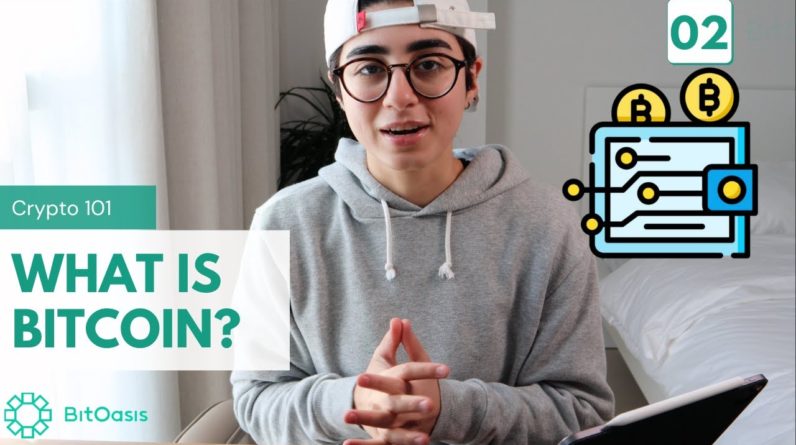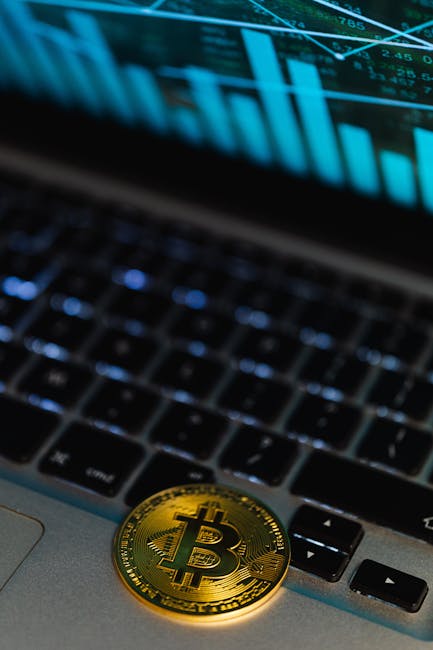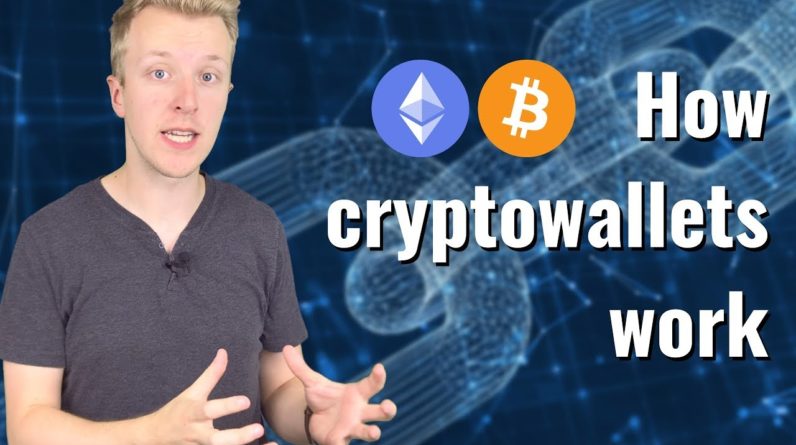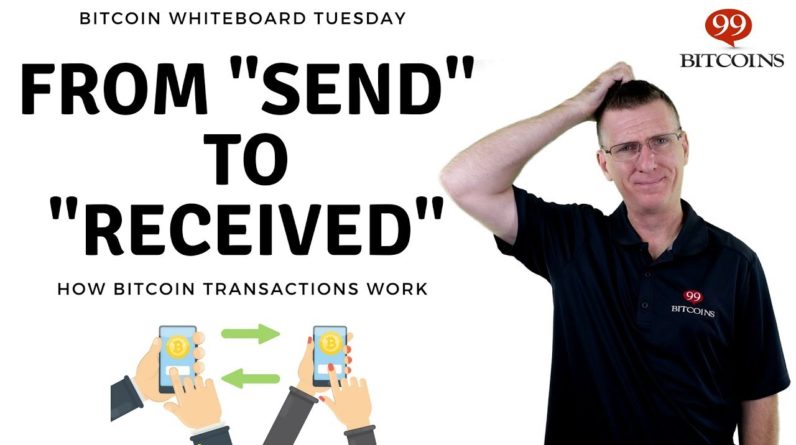
I'm sure you've probably heard some people calling Bitcoin digital money while others compare it to gold. So what is it exactly? Bitcoin can function as all of those things, so in today's video, let's explore in detail and uncover some of its mysteries. Bitcoin was first introduced in a paper entitled Bitcoin: peer to peer electronic cash system in 2008 under the name Satoshi Nakamoto. The identity of Satoshi is still a mystery. In this paper Satoshi outlined the foundation of a new decentralized financial system using cryptography and time stamping. The white paper submitted was 9 pages long with 12 subsections covering all the aspects that are related to Bitcoin's network including: the timestamp servers, proof of work, incentives, payment verification and privacy. As the name decentralized suggests, the system is not centralized, it is distributed to multiple nodes. And nodes in the network are connected with at least one other node. Those nodes basically carry a copy of the ledger holding the blocks of transactions.
So the data is globally distributed which means you can access it at any time and anywhere and there is no single point of failure. Also, the peer to peer architecture of Bitcoin's network provides the benefits of greater security compared to traditional client-server based networks since it is distributed to large numbers of nodes which creates an immune system to the Denial-of-service attacks. (DoS) In order to simplify things, think of the blockchain as a book and each page represents a block and each line in the page as transactions.
So it is really easy to detect if a page or a block has been moved or deleted. And it is easy to arrange the pages or blocks and identify any attack on the network. That's how the Bitcoin network is immune to such attacks as they are easy to identify and in order to change a single block you need to change the entire ledger. Bitcoin was just a whitepaper in 2008 but soon it attracted a community of developers because it contains several unique features like decentralization and consensus. After several months of development by the community, Satoshi launched the network by creating the first block of the bitcoin blockchain by mining 50 bitcoins on January 3, 2009.
And this block is known as the "Genesis block". Bitcoin is basically a distributed network around the world thus it requires people to validate and verify transactions. And those people who choose to do so are called miners. And anyone can become a miner and get rewarded for using their computer power. So let me explain how bitcoin works throughout an example Let's say that I want to send you $10 how can I do that on Bitcoins blockchain? First, I have to have 10$ worth of bitcoin in my wallet which contains my own public and private key which I need to sign the transaction with, so in order for me to send you Bitcoin, i need to have your public key, then i tap on send, place your address and choose the right network and then confirm the transaction.

The wallet basically uses my private key to sign the transaction and deduct a small fee to process that transaction. Then the wallet publishes the transaction to the entire Bitcoin network. So what happens on the network, in simple words, my transaction will be randomly assigned to a block with other transactions. And the miners who are responsible for verifying these transactions have to solve complicated mathematical equations in order to guess a random number so the first miner to do so will be rewarded by the network. And the miner is then responsible to broadcast the verified block to the entire network. So that's how Bitcoin's network eliminates the need for a 3rd party to verify transactions which reduces the cost and keeps the network decentralized In simple words, a blockchain functions as follows: A user requests a transaction,block representing the transaction is created, requested transaction is broadcasted to the network, network of nodes validates the transaction, verified transaction is combined with other transactions to create a new block of data for the ledger and finally the transaction is validated by other nodes in the network.
Bitcoin adoption There are many reasons why bitcoin became popular like when a programmer called Laszlo bought 2 pizzas for 10,000 Btc in May 2010. But the most important reason that many can agree on is the unknown identity of Satoshi, which helped Bitcoin become a fully decentralized entity. This led to Bitcoin gaining wider attention and caused its value to increase as people started using it to purchase goods and pay for services in real life. So that s it for today's video, I hope now you have a better understanding of what is Bitcoin and how transactions are being made on the blockchain.
See you next time!
.




